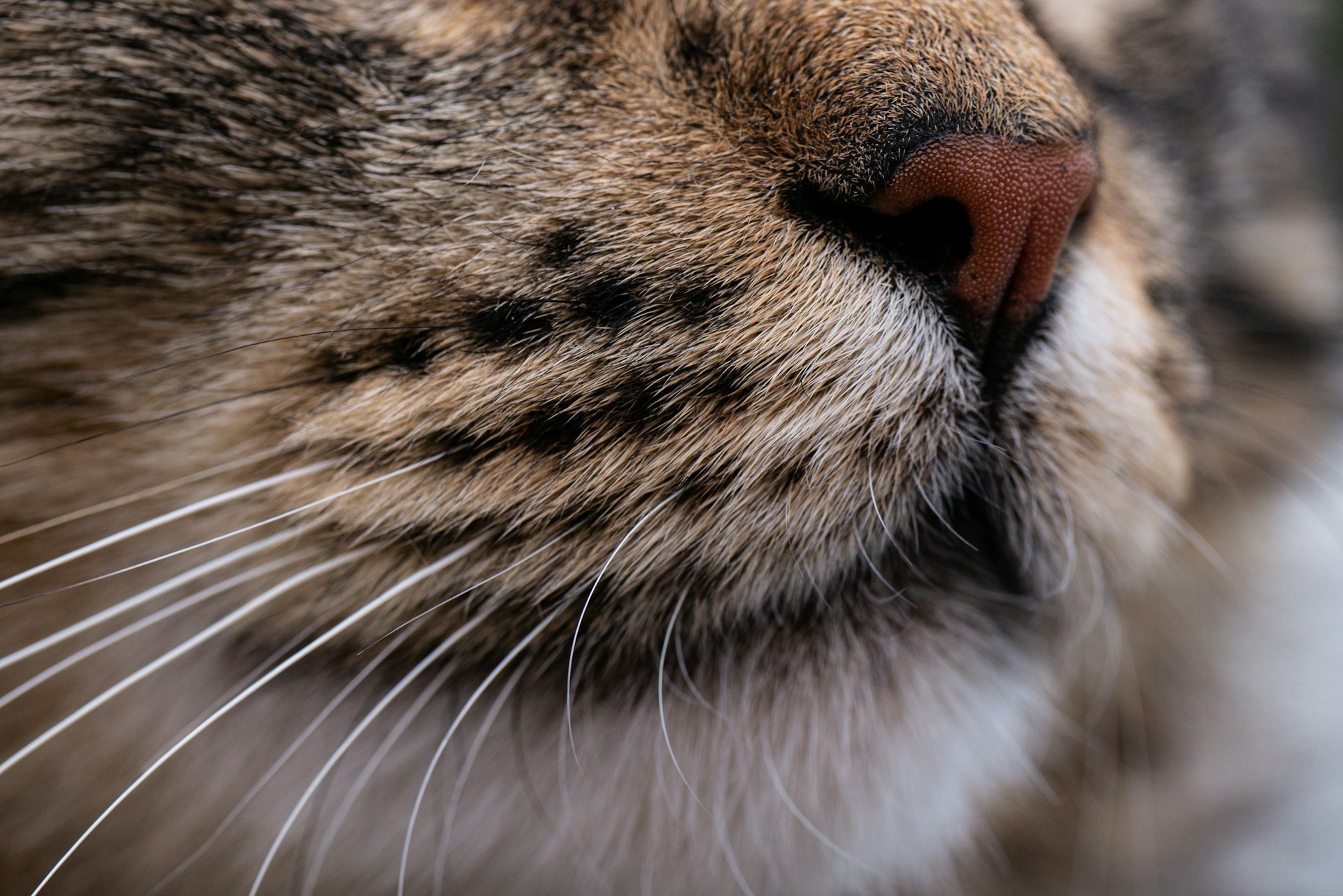Air represents the realm of the mind, encompassing all forms of communication, intellect, and higher learning. It is associated with the breath of life, the winds of change, and the flow of information. Air’s qualities include being light, swift, and ever-present, influencing the realms of ideas, inspiration, and spiritual aspirations.
Direction: East. This direction is traditionally associated with new beginnings and inspiration, much like the sunrise that occurs in the east each day, symbolizing new opportunities and clarity.
Energy: Masculine, projective. Air’s energy is active and dynamic, often initiating change and movement in thoughts, beliefs, and environments.
Magick: Communication, wisdom, knowledge. In rituals, air is invoked to facilitate clear thinking, enhance communication, and support the acquisition of knowledge.
Tarot Suit: Swords. This suit in the tarot deck is connected to the intellectual and conflictual aspects of life, reflecting air’s capacity to cut through confusion and provide clarity.
Time of Day: Dawn. The early hours of the day bring new light and a fresh perspective, much like air clears mental fog, offering a renewed sense of purpose and understanding.
Colors: Yellow, light blue, white, gray. These colors represent air’s lightness and its vast, open nature.
Zodiac Signs: Gemini, Libra, Aquarius. Individuals born under these air signs are often communicative, intellectual, and curious, embodying the mental and social qualities of air.
Life Cycle: Childhood and early education. This stage of life is marked by learning and mental development, highlighting air’s association with growth in knowledge and intellect.
Symbols and Tools Associated with Air
Symbols: Feathers, smoke, clouds, incense, wind chimes. Each of these symbols represents air’s invisible, yet palpable presence in the world.
Metals: Tin, copper. These metals, particularly copper, are excellent conductors of electricity, metaphorically connected to the transmission of ideas and energy, akin to air’s role in communication.
Herbs and Plants: Lavender, dill, anise, sage, mint. These plants are often used in rituals involving air due to their aromatic properties, which stimulate the mind and senses.
Deities: Athena (Greek goddess of wisdom), Hermes (messenger of the gods), Thoth (Egyptian god of knowledge). These deities embody the intellectual and communicative aspects of air.
Animals: Birds, especially those known for their songs and calls, such as nightingales and songbirds. Butterflies and other flying insects also symbolize air’s qualities of lightness and mobility.
Legendary Creatures: Sylphs, fairies. These mythological beings are often depicted as being closely connected to the element of air, embodying its ethereal and elusive qualities.
Crystals and Stones: Topaz, pumice, opal. These stones are chosen for their light, airy qualities, often used to enhance mental clarity and facilitate communication.
Tools: Wand, incense, bell. These tools are used in magickal practices to direct and manifest air’s qualities. The wand, in particular, acts as a conduit for the will, directing air’s energy to invoke change.
Ritual Uses of Air
Air’s versatility makes it a powerful element in various magickal and spiritual practices:
- Cleansing and Purification: Air is often used to cleanse spaces, objects, and the mind through practices like smudging with sage or other herbs.
- Divination: Air can assist in practices like reading the patterns of smoke or the movement of birds, providing insights through its dynamic movements.
- Communication Rituals: Spells and rituals that enhance communication skills or clarity of thought often invoke air.
- Learning and Wisdom: Air is called upon to enhance intellectual understanding and wisdom, aiding in studies and scholarly pursuits.
Seasonal and Celestial Correspondences
Air’s influence extends to the rhythms of nature and the heavens, influencing both seasonal energies and celestial events.
Season: Spring. This season is characterized by renewal, growth, and the beginning of new projects, mirroring air’s qualities of initiation and inspiration. As nature awakens from winter’s slumber, the fresh breezes of spring stimulate activity and refresh the mind and spirit.
Moon Phases: The waxing crescent moon is particularly connected to air. This phase represents new beginnings and the initial surge of ideas and plans, much like the invigorating effect of a fresh breeze that encourages growth and movement.
Air in Cultural Practices and Myths
Air holds a profound place in mythology and cultural practices, serving as a vital force in stories and rituals across the globe.
Mythology and Folklore: In many cultures, air is personified as gods or spirits of the wind. For example, the Greek god Aeolus is the keeper of the winds, playing a crucial role in the epic tales of Odysseus. In Native American folklore, wind spirits such as the Navajo deity Yé’iitsoh are often called upon for blessings and guidance.
Cultural Rituals: Rituals such as the Tibetan Buddhist practice of creating prayer flags involve harnessing the power of air to disperse prayers and blessings into the world. Similarly, the Native American smudging ceremony uses the smoke of burning herbs to carry prayers and cleanse spaces.
Psychological and Emotional Aspects
Engaging with air can enhance mental and emotional well-being, offering insights into its deeper spiritual implications.
Mental Clarity: Air is inherently linked to mental processes. Engaging with air through practices like mindful breathing or spending time outside on a windy day can help clear mental clutter and improve focus.
Communication Skills: As the element of communication, working with air can enhance interpersonal interactions. Practicing speaking or singing outside where the air can carry your voice can be a powerful exercise in freeing your verbal and non-verbal expression.
Inspiration and Creativity: Air stimulates the mind and can bring a rush of new ideas and creativity. Creative blocks can often be alleviated by stepping into open, airy spaces or simply opening a window to let fresh air in.
Practical Magickal Applications
Here are some practical ways to incorporate the element of air into magickal practices:
- Creating Sacred Space: Use incense or a feather to waft smoke around a space, symbolically using air to purify and prepare for magickal work.
- Wind Divination: Also known as aeromancy, this involves observing the direction and intensity of the wind to gather insights about the past, present, or future.
- Communication Enhancements: Before engaging in important discussions, breathe deeply and visualize air flowing through your throat chakra to enhance clarity and confidence in your communication.
- Learning Enhancements: When studying or engaging in intellectual activities, keep windows open or use a fan to circulate air, symbolizing the flow of new knowledge and mental sharpness.
- Writing Affirmations: Write affirmations or wishes on pieces of paper and release them to the wind, allowing air to carry your intentions out into the universe.
Ethical Considerations
When utilizing air in magickal practices, consider these ethical guidelines:
Environmental Awareness: Be mindful of your surroundings when using smoke or releasing items into the air. Ensure that your practices do not harm wildlife or pollute the environment.
Cultural Sensitivity: Understand and respect the origins of air-related practices, especially those borrowed from specific cultures. Educate yourself about their meanings and contexts to avoid misappropriation.
















